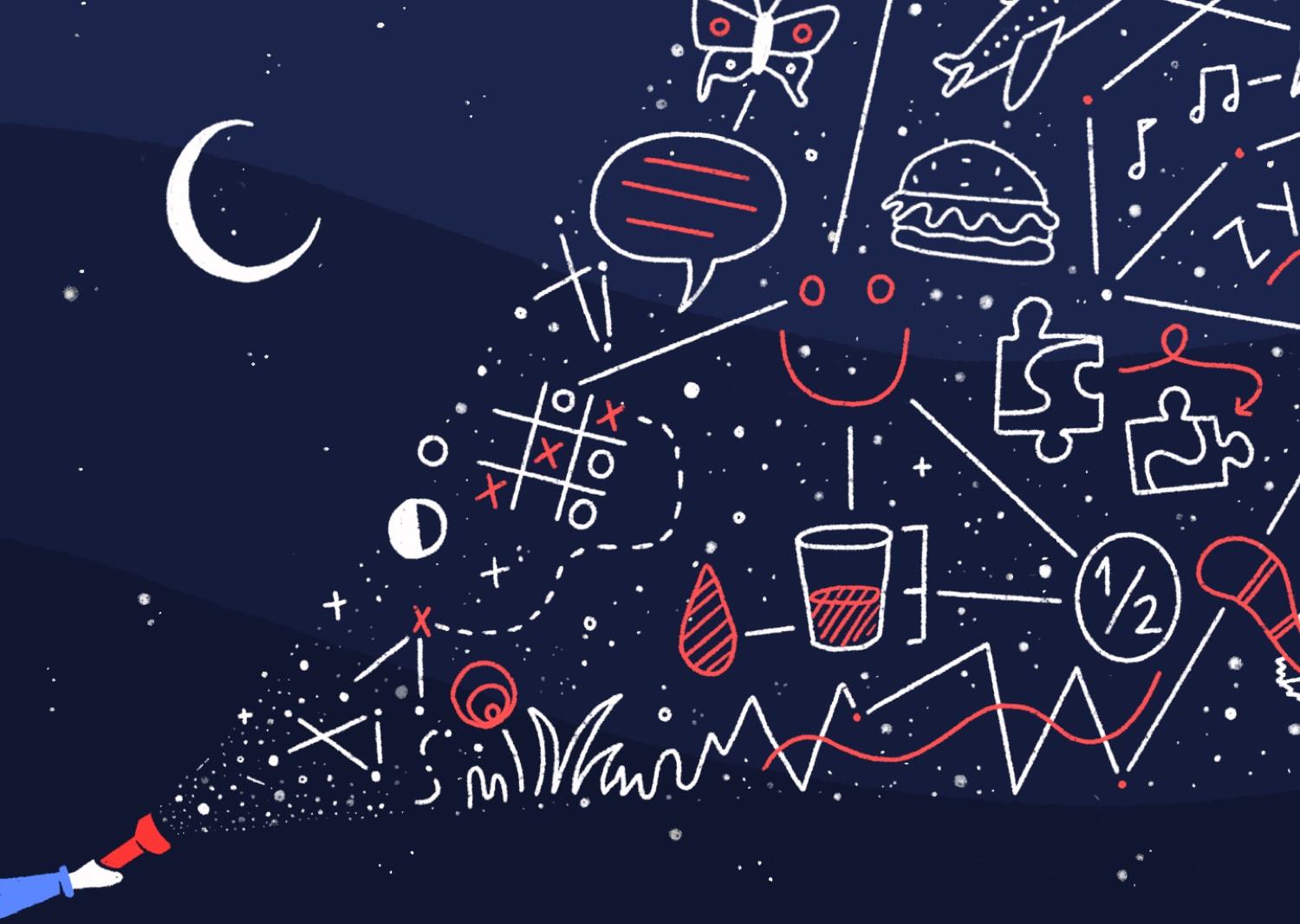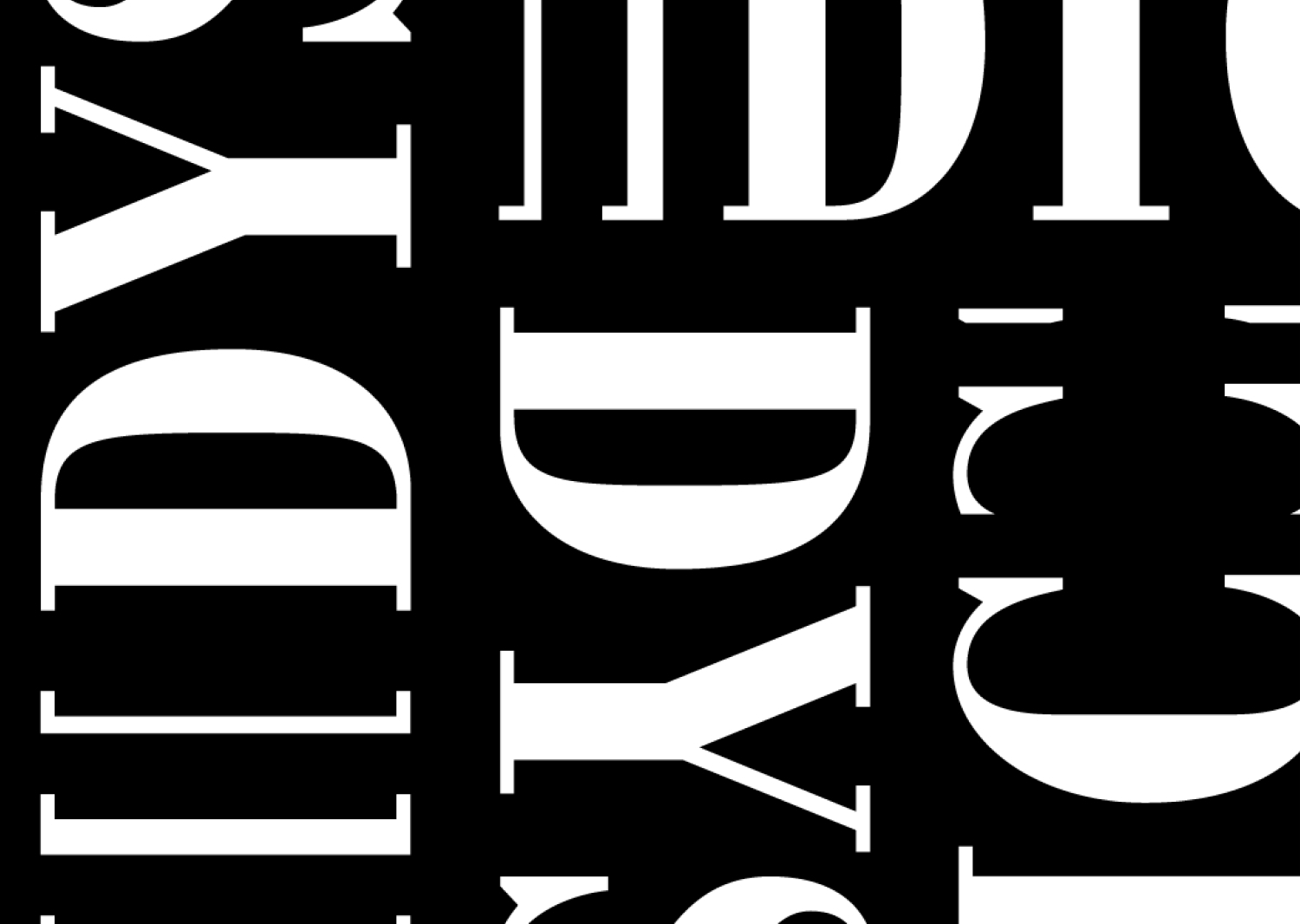
Often you could find me on my bike, cruising the streets in the suburbs of Tel Aviv with my pet pigeon, looking for work.
Other kids went to summer camp to play or learn; I went to find a job. At the age of 10, I became a professional magician.
My first audience was a camp director. To be polite, he offered to book one show. “I’ll give you a better price if you let me do all the shows,” I told him. Intrigued, he signed me for the whole summer.
Although I never became the next Doug Henning, magic showed me the alchemy inherent in my dyslexia. For most of my childhood, I was aware I thought differently; only later did I realize there was a reason for that. Magic opened up a world that my nonlinear dyslexic mind could relate to. Because I could see all aspects of a performance at once, I knew intuitively how to structure each illusion for maximum impact, or adjust on the fly based on the audience’s reaction.
Magic gave me permission to tell a story in a unique way — authentic and connected yet extraordinary. That’s what I still do every day at Gershoni Creative, the branding agency I founded more than two decades ago.
At their core, the mechanics of magic are the mechanics of transforming perceptions — the ability to break things apart and put them back together to tell a new story. In the same way, I unconsciously applied this process of transformation to myself, taking a condition perceived as an impediment and converting it into a heightened advantage.
It’s what I call a “hyper-ability.”
The clinical definition of dyslexia is a neurological “learning disability” characterized by “difficulties with accurate and/or fluent word recognition and decoding” resulting from “insufficient phonological processing.” In other words, dyslexia is a different way of seeing the world. A hyper-ability is born from taking a perceived weakness and developing a relationship with it in order to reveal the extraordinary capabilities it offers. Same phenomenon, opposite attitude.
The journey to reframe my dyslexia from disability to hyper-ability was not easy, especially in school. Reading was — and is — the most noticeable challenge. When you see the word “dog,” unless you’re dyslexic, you don’t really read it. Your subconscious recognizes the word and, within an instant, the image of a canine pops into your head. This is how the nondyslexic brain computes “dog.”
When I look at the word “dog,” I first have to negotiate the individual symbols: D O G. It is difficult for me to read linearly: my mind jumps from the D to the G — spins around the G — looks back at the D, then stops at the O to stare at the space inside the curves. In order for me to read the word, I have to override how my brain works by holding each letter — D, O and G — sounding it out in my mind, and developing a relationship with those three letters so I associate them with the concept of “dog.”
The fact that I have difficulty reading letters sequentially is not the essence of dyslexia; it’s a symptom. It all too easy to see someone struggling to comprehend a three-letter word and label him or her “slow.” Sure, I was slow, but only in the context of the task that needed to be performed.
To call dyslexia a “disability” is to say a boat is broken because it cannot fly. So what’s the flipside of “slow reader”? Simply put, I see through letters. And not just letters but other objects that might be characterized as nonnegotiable. I perceive an object from all angles: I see through it, around it, above it, below it, and within it — all at the same time. And I do it in the blink of an eye.
Society often looks at dyslexia, sees a difference and labels it “wrong.” I offer that we should embrace the differences that our minds offer us and celebrate them. We should search for places where the capacity to see through things offers unique advantages and insights. We should look for relevant situations to put that insight into action. We should stop looking at dyslexia as a disability and look at it as a specialized ability, a hyper-ability, a struggle to read words but a gift in reading objects.
In school, I spent most of my time and energy trying to hide my dyslexia. I timed my bathroom breaks to coincide with my turn in the reading line, knowing exactly how long it would take for the teacher to move safely past my spot.
Things started to change once I realized I could channel my dyslexia into helping others. Instead of fighting it, I leaned into it. I moved toward the aspects of communication, collaboration and performance that dyslexia enabled. Once I did, I noticed a surprising shift: my supposed impairment offered unexpected benefits. I saw incredible detail with almost no effort. Tiny irregularities in spacing leapt out at me. I became aware of slight discrepancies in visible and invisible order. Qualities such as people’s body language, state of mind or how they related to their identity and environment were instantly apparent to me. Where others saw a dead end, I discovered a universe of possibilities.
By the time I started the agency, I had language and a framework in place to pair with that 10-year-old’s entrepreneurial spirit that came naturally to me. It was proof that my different way of seeing the world could move people.
Someone once asked me if I ever get writer’s block. The whole concept seemed foreign to me. How does a person run out of ideas? The dyslexic mind is such that there’s never a moment of boredom; you’re constantly feeding the machine. I’ve come to realize that if you direct all of that energy outward, it’s overwhelming for the person on the receiving end. But if I understand how my mind spins, choose when to fire in real time and when to pause and bring others along, I can untether my imagination and make my nonlinear connections accessible to the linear world.
Dyslexia is more common than you might think.
The stats are astounding. According to Dyslexia International, at least 10 percent of the population is dyslexic, including 20 percent of incarcerated individuals. More than 40 million total Americans are dyslexic — but only 2 million know it. If you look at other conditions along the larger continuum of neurodiversity in America, the numbers speak for themselves. It’s likely you or someone you know has a mind that functions outside of what is considered “the norm.”
Learning how to embrace my condition and maximizing its unique benefits has served me well in my career. I’m able to bring out the best in my mind the same way I bring out the best in brands. Our agency is built upon the competitive advantages of neurodiversity. Rather than defining a roster of roles to be filled (designer, copywriter, etc.), I look at our team as a family of aligned talents whose collective synergy is greater than the sum of its parts. We compensate for each other’s strengths and weaknesses. One person’s hyper-able skill complements something missing in the other person and vice versa.
In this conception of a team, is dyslexia an inconvenience to be accommodated or a skill that adds to a balanced professional environment.
After years of examining my dyslexia, my attitude has shifted from shame to acceptance to the current stage where I feel comfortable celebrating its unique gifts. It’s painful to grow up feeling like you’re too different for your own good. A lot of time and energy is spent learning the meaning of hard work or how to grow a thicker skin. Both good things, but shouldn’t we be able to move through them a bit easier?
The cycle doesn’t have to be so difficult. But how do we help people with similar conditions find the courage to confront the stigmas placed upon them? A good first step is understanding how your mind operates in the world, then working to leverage its fluctuations, and finally, identifying what your specific strengths are and how they can be put into action.
Once you’ve been labeled, it’s easy to project disappointment out into the world and even easier for society to mirror your shame right back at you. Compounded by time, this humiliation becomes so codified that it’s hard to see yourself in a new light. But to rename is to redefine. Adopting a new term for something as complex and misunderstood as a learning disability helps break that cycle. It allows us to develop a healthier relationship with our unspoken discords.
In this sense, I am reminded of my interest in magic. Underneath each illusion is a misdirection, a move, a sleight-of-hand that guides the audience to move in the direction of the magician. Magic is not about deception or trickery; it’s about dissolving our preconceptions long enough to glimpse a different reality. You don’t suspend reality to hide the truth; you suspend reality to reveal the truth that exists right in front of our eyes.
Perhaps if we suspend the limiting connotations of a learning disability, neurodivergent people can recognize the liberating truth in front of their faces: that each human mind contains the potential for a hyper-ability just waiting to be discovered.


